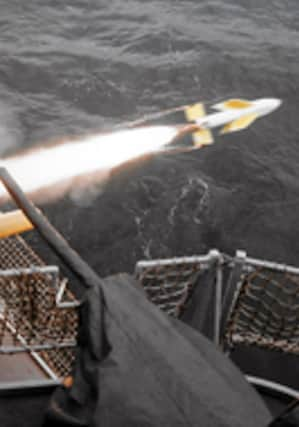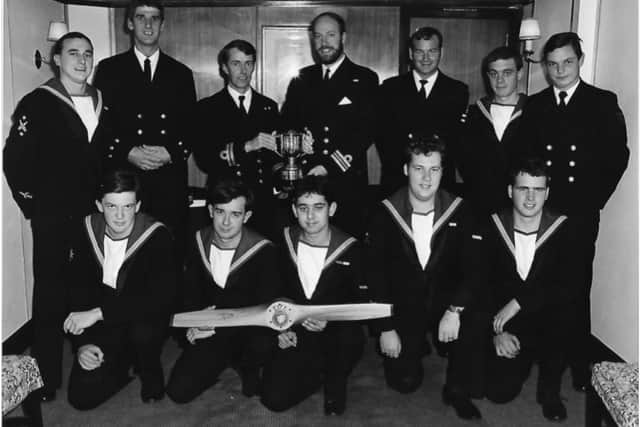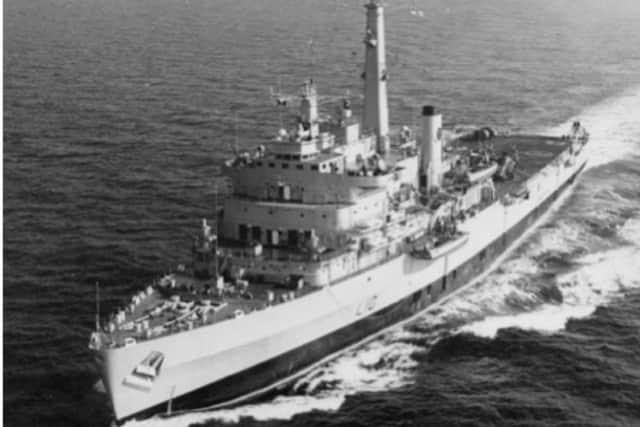The Falklands’ battle honours with an ‘obsolete’ missile system


Mike McBride joined HMS Fearless in 1983 and here he looks back at his Seacat days.
He writes: ‘These achievements were remarkable because the systems were obsolete and target acquisition depended on how fast the Seacat controller could push the aimer on to the target firing bearing.
Advertisement
Hide AdAdvertisement
Hide Ad‘A member of Fearless’s ship’s company recalls May 21, 1982 (D-Day at San Carlos Water), when HMS Fearless sat awaiting the inevitable air attack.


‘He said: “It was not long before the first Argentine reconnaissance plane loomed overhead. Soon Mirage fighters and Skyhawk bombers followed and for the first time since the Second World War British warships were to come under sustained attack.
“The ship vibrated to the noise of Bofors guns firing and with almost the first Seacat missile launched an attacking Argentine Mirage fighter was brought down”.’
Mike continues: ‘The Seacat systems (two forward and two aft) were controlled by the Gun Direction System Mark 5 comprising four 274 directors and a motorised 275 sight. Target range/bearing information was passed to the Seacat directors from the Operations Room/275 sight; the director was then aligned to the target bearing by releasing the brake and manually rotating the director.
Advertisement
Hide AdAdvertisement
Hide Ad‘Using binoculars the aimer searched to acquire the target. When fired, the missile entered the aimer’s field of view (FOV) and was guided to the target, via a radio link, by commands on a joystick. Flares on the missile tail fins aided identification as it entered the aimer’s FOV, prior to target alignment and detonation.The Seacat missile had a range of 1,600-16,400ft, speed of 613.8 mph and carried a 40lb high explosive warhead with a direct contact/target proximity fuse.


‘Seacat practice firings were recorded. Recordings were analysed by weapon analysts and an efficiency trophy was awarded to the best system. The Seacat Rooke Cup was awarded to HMS Fearless in 1985.
‘I joined Fearless shortly after the Falklands War in 1983. It was my primary job to maintain the Seacat/Gun Direction systems and ensure the launchers accurately followed the director bearing and elevation position. Accurate alignment ensured that the missile entered the aimer’s FOV 1,000ft from the ship. I would like to say that this always happened; fortunately the missiles or personnel rarely malfunctioned.’
Comment Guidelines
National World encourages reader discussion on our stories. User feedback, insights and back-and-forth exchanges add a rich layer of context to reporting. Please review our Community Guidelines before commenting.